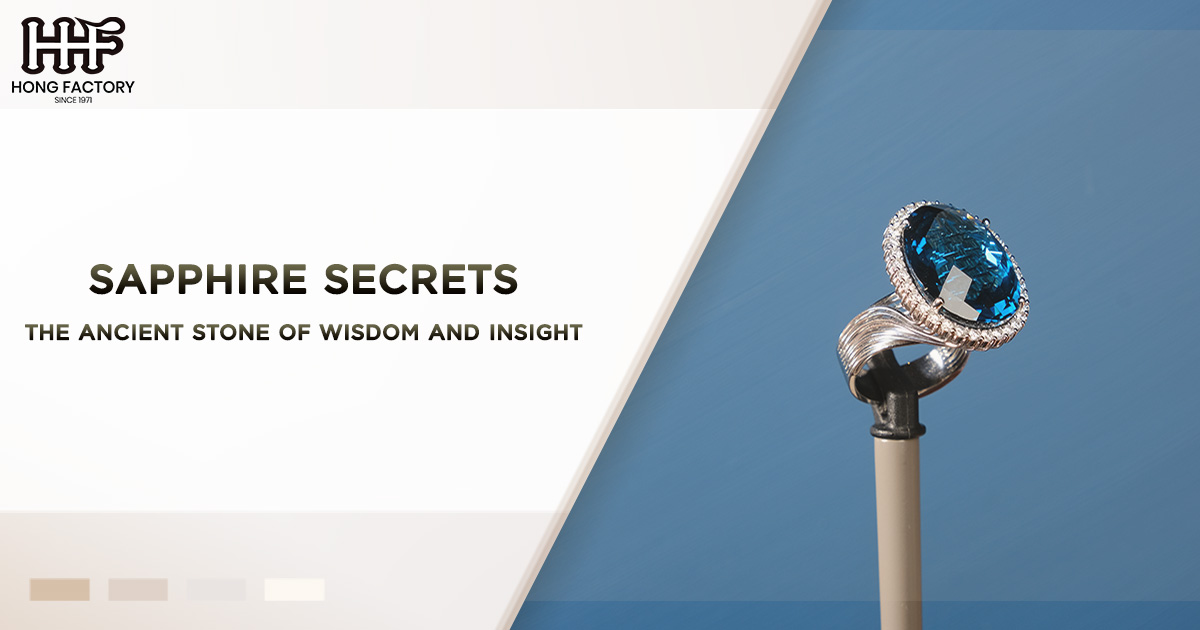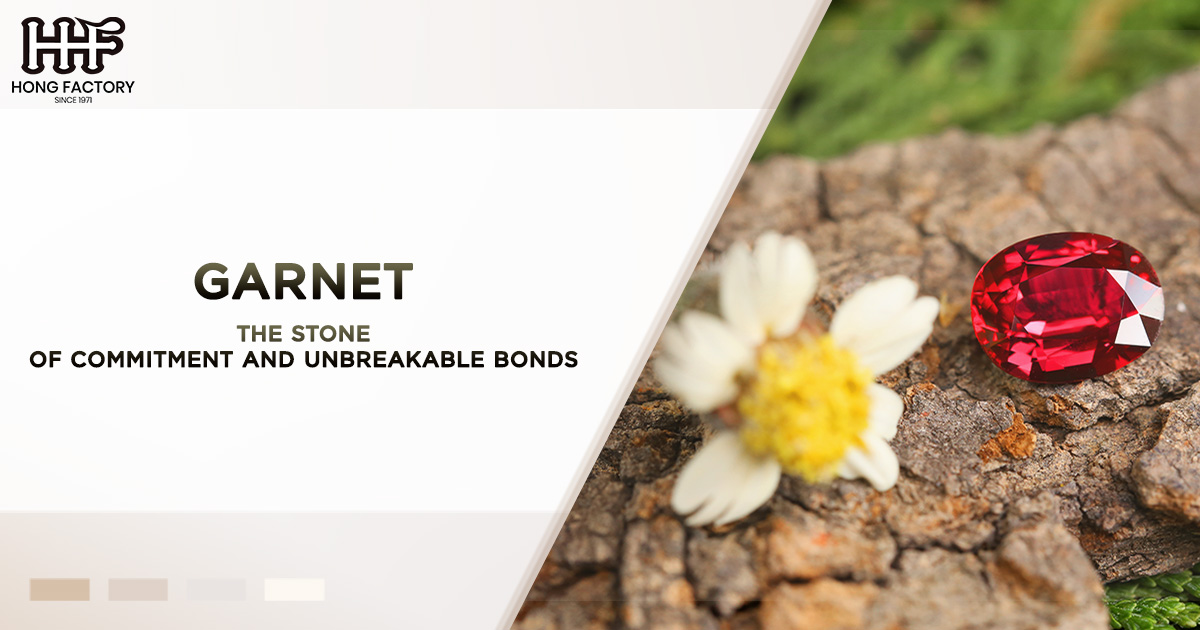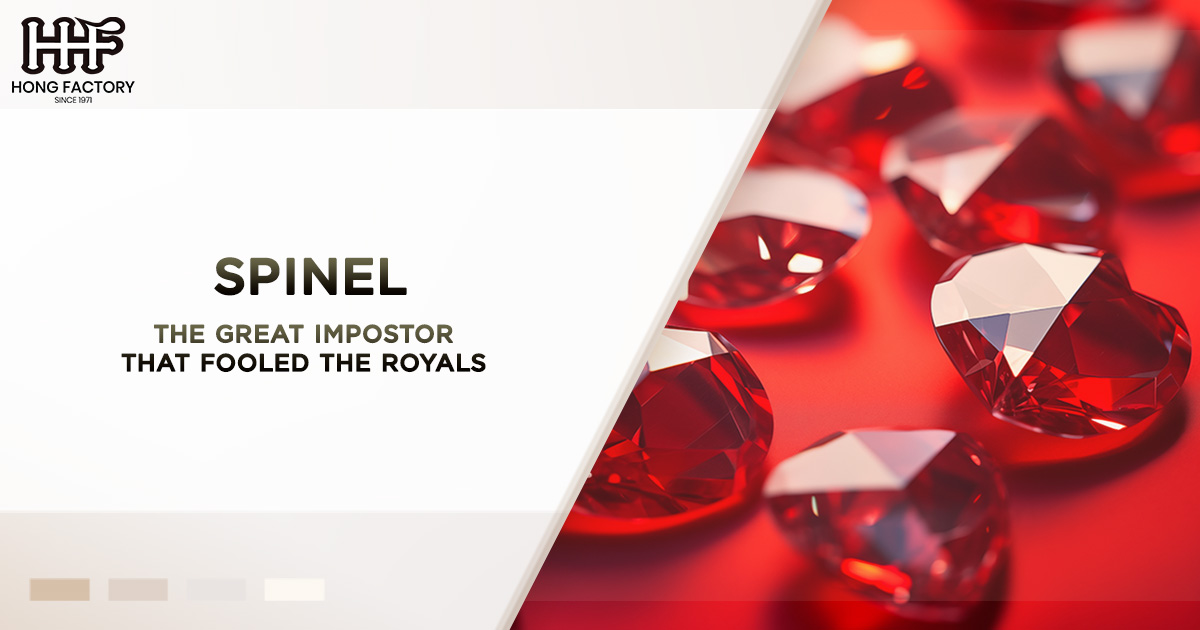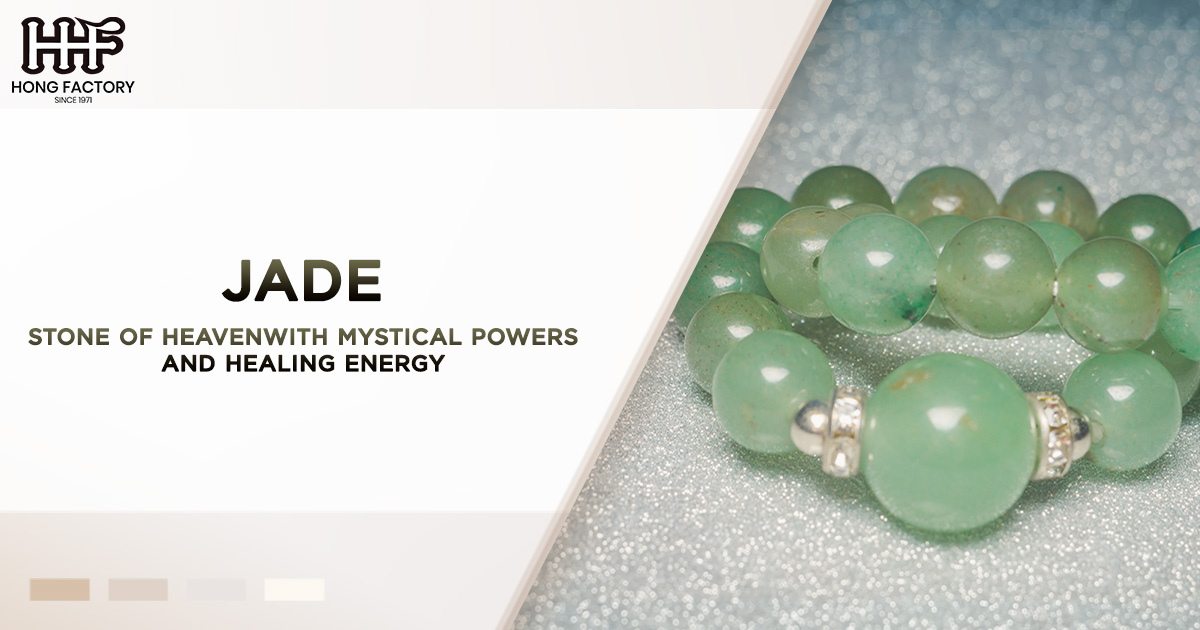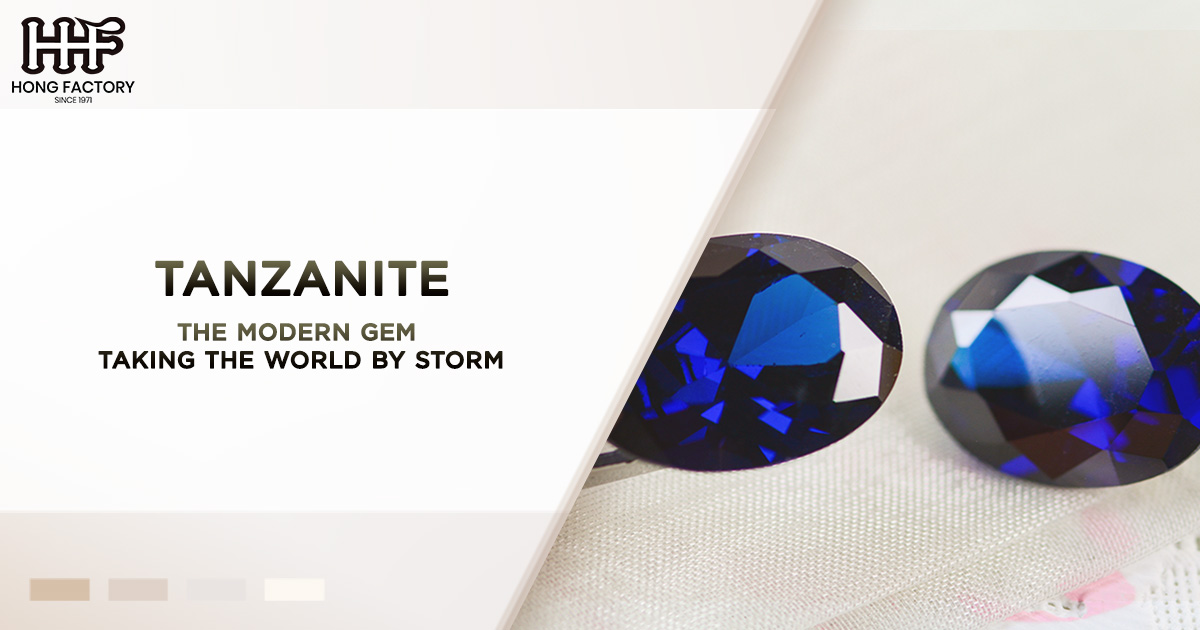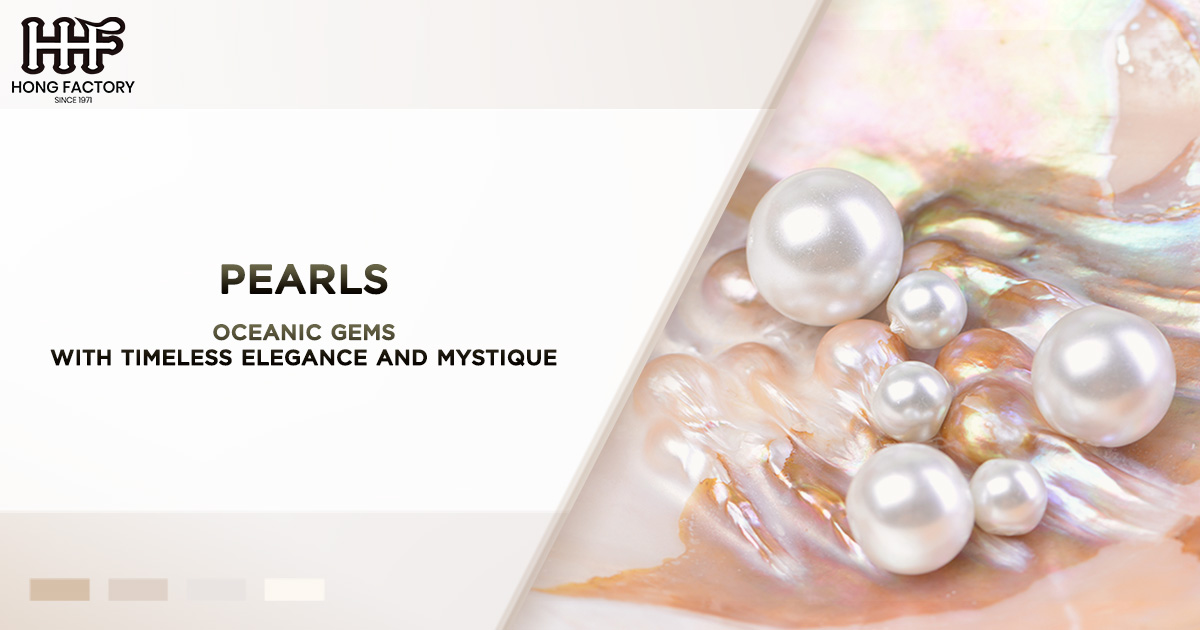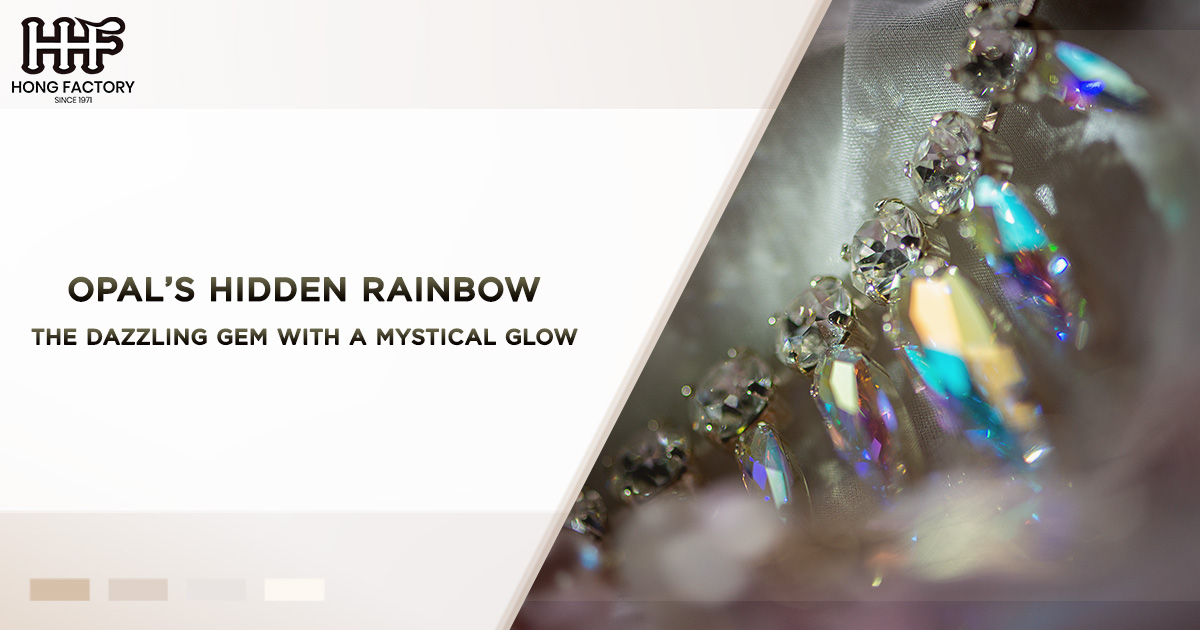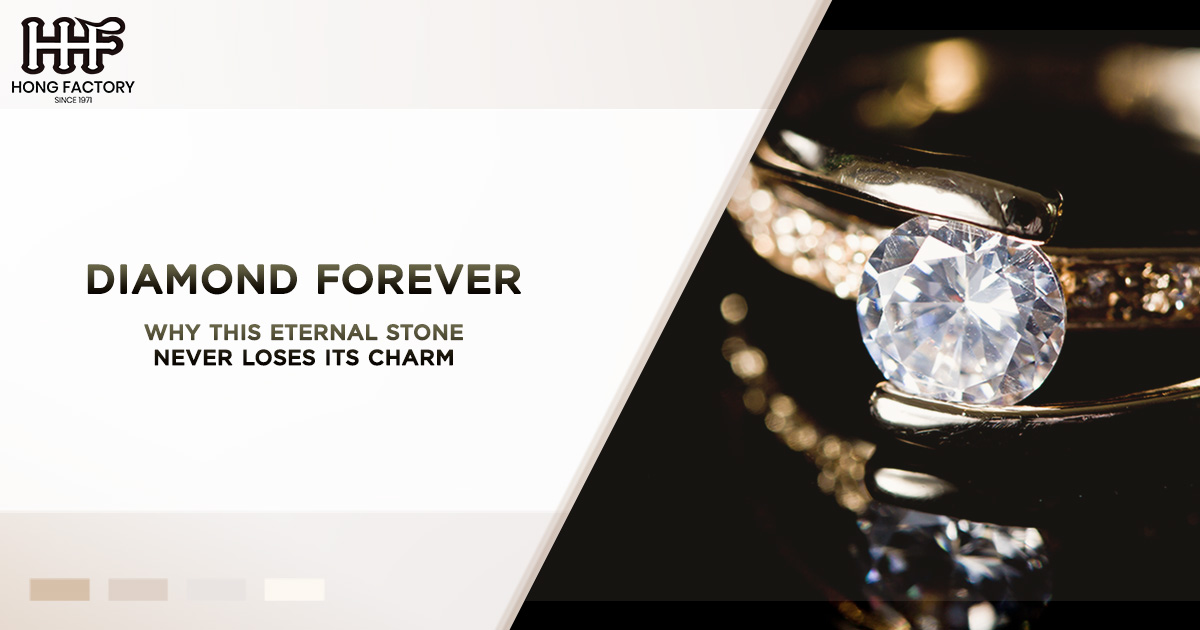Sapphires have captivated humanity for millennia with their stunning beauty and mystical allure. These precious stone, known for their mesmerizing blue hues, have adorned royalty, inspired legends, and even found their way into modern technology. In this exploration of sapphires, we’ll delve into their various colors, historical significance, grading factors, cultural importance, and modern applications.
The Rainbow of Sapphires
While sapphires are most commonly associated with the color blue, these gemstones actually come in a stunning array of hues. All sapphires belong to the mineral family of corundum, which includes rubies. In fact, any corundum that isn’t red is classified as a sapphire.
The Classic Blue Sapphire
The iconic blue sapphire is the most sought-after and valuable variety. Its color can range from a light sky blue to a deep, intense navy. The most prized blue gemstone exhibit a rich, velvety blue hue with slight violet undertones, often referred to as “cornflower blue.” This particular shade has been coveted for centuries and continues to command premium prices in the gemstone market.
Beyond Blue- A Spectrum of Colors
Sapphires come in nearly every color of the rainbow
- Pink sapphires- Ranging from soft pastel to vibrant magenta, these gems have gained popularity in recent years, especially for engagement rings.
- Yellow sapphires- From pale lemon to deep golden hues, yellow sapphires are often associated with prosperity and wisdom in some cultures.
- Green sapphires- Varying from mint to forest green, these rare gems are sometimes mistaken for emeralds by the untrained eye.
- Purple sapphires- Showcasing lavender to deep violet shades, purple sapphires are prized for their unique color and rarity.
- Orange sapphires- Also known as padparadscha, these rare gems display a unique pinkish-orange color reminiscent of tropical sunsets.
- White sapphires- Colorless gems that are sometimes used as diamond alternatives, offering a more affordable option for engagement rings.
- Black sapphires- Opaque stones with a metallic luster, often used in men’s jewelry or as accent stones.
This diversity in color has made sapphires a versatile choice for jewelry designers and gem enthusiasts alike. Each hue carries its own symbolism and appeal, allowing for a wide range of creative expressions in jewelry design.
Historical Significance- A Stone of Royalty and Wisdom
Sapphires have played a significant role in human history, often associated with royalty, wisdom, and divine favor.
Ancient Civilizations
In ancient Persia, people believed the earth rested on a giant sapphire, whose reflection gave the sky its blue color. This myth highlights the profound impact sapphires had on ancient imaginations. The ancient Greeks and Romans associated sapphires with Apollo, the god of prophecy, and wore them for wisdom and protection. In fact, the term “sapphire” is derived from the Latin “sapphirus” and the Greek “sappheiros,” both meaning blue stone.
Royal Connections
Throughout history, sapphires have been favored by royalty and nobility. Perhaps the most famous royal sapphire is the 12-carat blue gemstone in Princess Diana’s engagement ring, now worn by Catherine, Princess of Wales. This association with royalty has cemented the sapphire’s status as a symbol of nobility and refinement.
King Solomon was said to have worn a sapphire ring, believing it granted him wisdom and power. Charlemagne, the first Holy Roman Emperor, owned a sacred amulet that contained a large sapphire, which he believed brought him good fortune.
Religious Significance
Sapphires have held important places in various religious traditions. In Christianity, sapphires were associated with heaven and divine favor. The precious stone is mentioned several times in the Bible, including in descriptions of the breastplate of the High Priest. In Hinduism, sapphires are associated with Saturn and are believed to bring structure and discipline to one’s life.
Grading Factors- The Four Cs of Sapphires
Like diamonds, sapphires are evaluated based on the “Four Cs”- Color, Clarity, Cut, and Carat weight. However, the emphasis on these factors differs slightly for sapphires.
Color
Color is the most crucial factor in determining a sapphire’s value. The most prized sapphires have a rich, saturated blue color with slight violet undertones. For fancy-colored sapphires, vivid, intense hues are most desirable. The color should be evenly distributed throughout the stone, without any noticeable color zoning.
Clarity
While perfect clarity is rare in sapphires, high-quality gems should be eye-clean, meaning no visible inclusions to the naked eye. Some inclusions, like fine rutile needles, can create a desirable star effect in star sapphires. These star sapphires, when properly cut, display a six-rayed star that seems to float across the surface of the stone as it moves.
Cut
The cut of a sapphire is crucial in bringing out its color and brilliance. Skilled cutters must consider the rough crystal’s color zoning and inclusions to maximize the gem’s beauty and value. Unlike diamonds, which are typically cut to specific proportions, sapphires are often cut to preserve carat weight, resulting in deeper stones.
Carat Weight
Larger sapphires are rarer and thus more valuable. However, the relationship between size and price is not linear – a 2-carat sapphire of exceptional quality can be worth more than twice as much as two 1-carat sapphires of the same quality. Sapphires over 5 carats are particularly rare and command significant premiums.
Cultural Importance- Legends and Lore
Sapphires have been imbued with cultural significance across various civilizations, often associated with positive attributes and mystical powers.
Symbol of Wisdom and Truth
In many cultures, sapphires were believed to bring wisdom, mental clarity, and the ability to see truth. This association made them popular among rulers and religious leaders. Ancient Persians believed that the earth itself rested on a giant sapphire, which colored the sky blue with its reflection.
Protective Amulets
Sapphires were often worn as protective talismans. In medieval Europe, people believed that sapphires could protect against poison and plague. In some Asian cultures, sapphires were thought to provide protection from the evil eye. Warriors would often wear sapphires for protection in battle, believing the stones could make them invulnerable to injury.
Love and Fidelity
The durability and beauty of sapphires made them popular choices for engagement rings long before diamonds became the norm. Their association with faithfulness and sincerity made them symbols of enduring love. In ancient Rome, it was believed that if an unfaithful person wore a sapphire, it would turn dark or cloudy, revealing their infidelity.
Birthstone and Anniversary Gem
Sapphire is the birthstone for September and the traditional gift for 5th and 45th wedding anniversaries, further cementing its cultural importance in modern times. This association has made sapphires a popular choice for birthday and anniversary gifts, adding a personal touch to jewelry pieces.
Conclusion
From ancient thrones to modern smartphones, sapphires have maintained their status as one of the most versatile and beloved gemstones. Their rich history, cultural significance, and wide range of colors ensure that sapphires will continue to captivate and inspire for generations to come.
Whether adorning a royal crown, gracing an engagement ring, or powering cutting-edge technology, sapphires remain a testament to nature’s ability to create objects of both beauty and utility. As we continue to uncover the secrets of these precious stones, their allure only grows stronger, cementing their place in both our hearts and our technological future.

